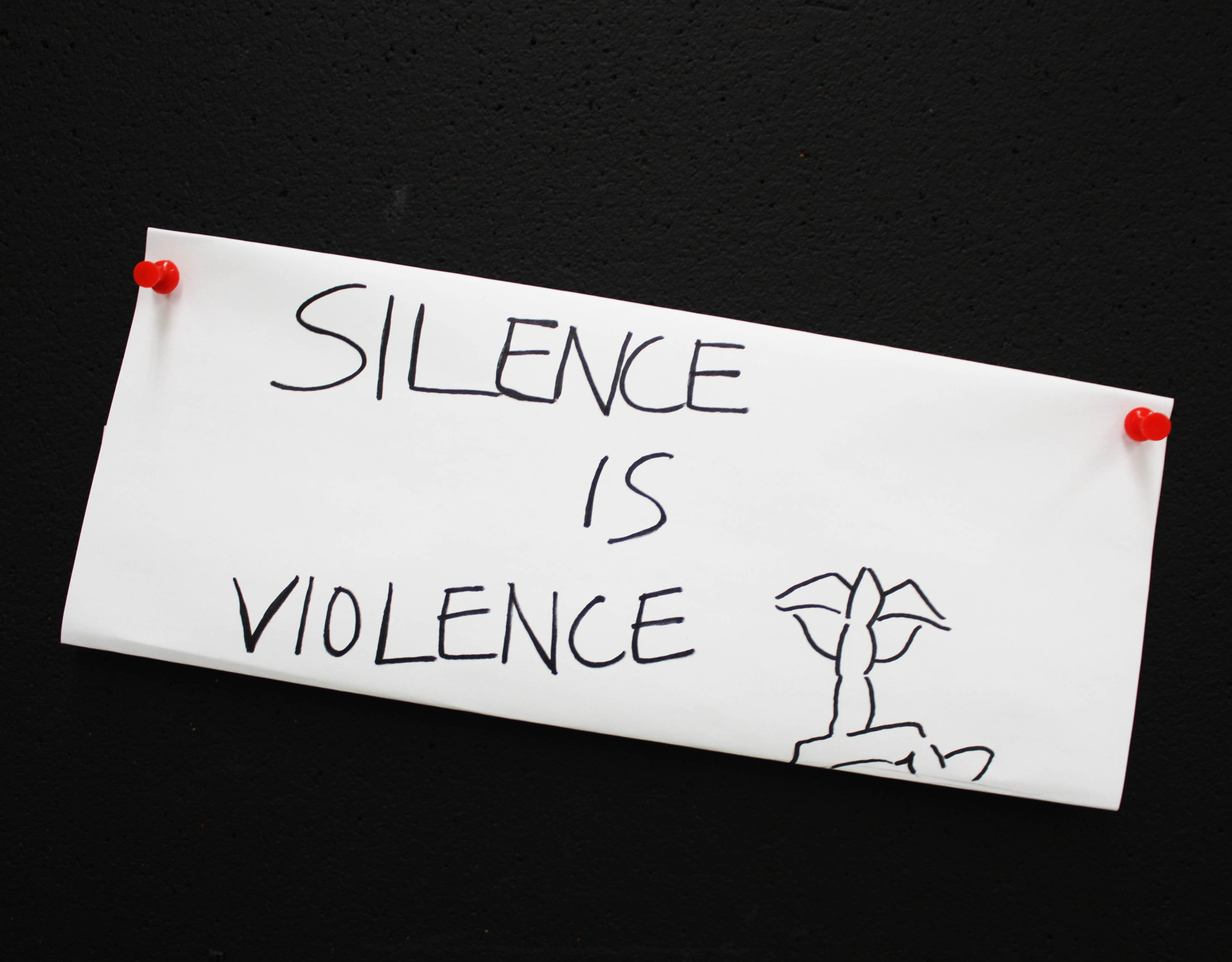An advocacy group brought up issues of how sexual violence is mishandled at the University of Toronto (U of T) in a new report this year.
Twenty per cent of the report’s U of T participants experienced at least one instance of sexual violence or were unsure if what they went through would be considered sexual violence, according to the report “End the Silence, End the Violence,” published by the group Silence is Violence.
Students reported they did not feel adequately supported by the university and the report showed that 75 per cent of students who attempted to file formal reports of sexual violence were unable to do so.
Debbie Chan, a student at the U of T, said the results were shocking.
“If they have been sexually assaulted on campus, it doesn’t make sense as to why [the school] wouldn’t allow [formal reports],” she said.
Participants in the report rated their comfort level of reporting sexual violence to campus police at about a 5.5 out of 10 and reporting to university faculty and staff a 5.1 out of 10.
Elizabeth Church, a U of T spokesperson, said in an email that the university has created “supports and a clear place to go for help and advice for people who have experienced sexual violence or sexual harassment.”
Nathan Leung, a student at the university, said he knew people who had been sexually violated and were uncomfortable reporting it to campus staff.
“It’s really hard to talk about it with anyone. It’s something deeply personal,” he added.
He said he thinks the university has a lot of work to do with student care.
“The school has so many resources in so many places . . . but it’s clearly not a priority, and it hasn’t been,” he said.
The report also showed that not enough awareness was raised regarding campus resources for sexual violence.
“I don’t see anybody talking about it. There are no posters—there are no advertisements for a lot of the resources that U of T has,” Chan said.
In the report, only about four per cent of participants referenced the Tri-Campus Sexual Violence and Support Centre when asked about resources available to students after an experience of sexual violence at the university—40 per cent referenced the campus police.
“The university has made a lot more steps in recent years to ramp up resources, stress centres, crisis call and help, but it’s obviously still a thing,” Leung said.
He added that resources on campus had a reputation of being slow to respond.
“It is a function of the school being this big, but they have a lot of work to make up for things to get through faster,” he said.
Intersectionality is also neglected in relation to support and services, according to the report. Marginalized groups such as students of colour, LGBTQ+, disabled, d/Deaf, and/or students who experience mental health issues have a higher chance of being sexually violated.
However, due to the stigma revolving around these groups, they often feel discouraged to speak up when faced with sexual violence, according to the report.
The report recommended that the U of T establish an Anti-Sexual Violence and Survivor Support Hub which would provide “feminist, trauma- and intersectionality-informed counselling . . . anti-sexual violence education and awareness,” as well as “disclosure and reporting processes.”
The report stated sexual violence without proper support caused students to skip classes, avoid events, and not go on campus at night.
Simran Dhunna, one of the researchers for the report, said the trauma from sexual violence on campus can impact academic life.
“Beyond the numbers, we really want people to read the stories. We want to respect a lot of student stories, even experiences that they’ve shared,” she said.
________________________________________________________________________________________________
Image by Jasmine Foong






